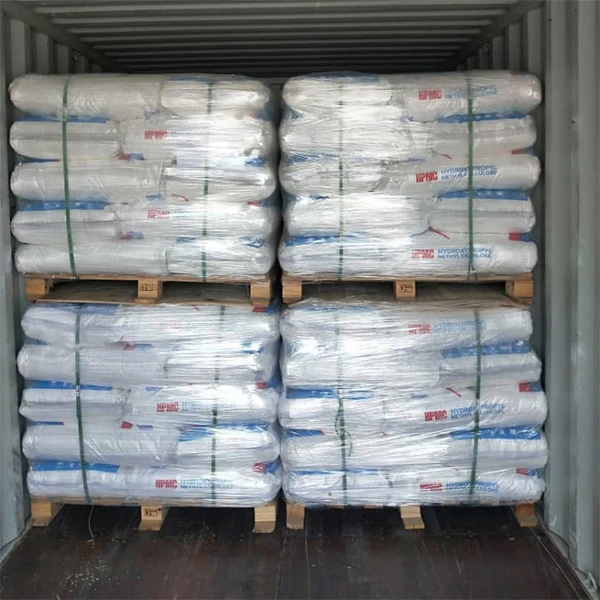Exploring HPMC Ether Properties, Applications, and Benefits
Hydroxypropyl Methylcellulose (HPMC) ether is a versatile and widely used polymer derived from cellulose, a natural polymer sourced from plant cell walls. As a cellulose derivative, HPMC ether is characterized by its non-ionic nature, making it compatible with a variety of chemical formulations. This article seeks to explore the properties, applications, and benefits of HPMC ether in various industries.
Properties of HPMC Ether
HPMC ether possesses several important properties that enhance its utility in diverse applications. Firstly, its water-solubility ranges from soluble to partially soluble, depending on the grade of HPMC. This property enables it to function effectively as a thickening agent, binder, and film-former in both aqueous and non-aqueous systems. Additionally, HPMC is known for its exceptional film-forming ability, resulting in films that are flexible and resistant to moisture.
Another significant attribute of HPMC ether is its rheological properties. It exhibits pseudoplastic behavior, which means that its viscosity decreases under shear stress. This feature is particularly important for products that require easy application, such as paints, coatings, and adhesives, as it allows for smooth and uniform application while maintaining stability during storage.
Applications of HPMC Ether
HPMC ether finds application across various sectors due to its adaptability and functional properties. In the pharmaceutical industry, it serves as a crucial excipient for drug formulations, aiding in controlled drug release and enhancing bioavailability. It is often used in tablets, capsules, and gels, thanks to its ability to form stable gel matrices.
In the construction industry, HPMC ether is a key ingredient in cement-based products such as mortars and plasters. It improves workability, water retention, and adhesion, ensuring that construction materials perform optimally. As a result, builders can achieve better results when working with various materials and conditions.
hpmc ether

The food industry also utilizes HPMC ether as an additive in food products. Its application as a thickener and emulsifier enhances the texture and stability of various food items, from sauces and dressings to bakery products. Moreover, being non-toxic and suitable for consumption, HPMC ether has gained recognition as a safe ingredient in food processing.
Benefits of Using HPMC Ether
The benefits of incorporating HPMC ether into formulations and products are manifold. Its non-toxic and biodegradable nature aligns with the growing emphasis on sustainability and environmental safety in industrial practices. HPMC is also resistant to bacterial degradation, making it an excellent choice for applications requiring longevity and stability.
Another advantage is its versatility; HPMC ether can be tailored to different specifications, allowing manufacturers to customize properties such as viscosity, solubility, and gel strength based on their specific needs. This customization capability enhances product performance while minimizing waste, making HPMC a cost-effective choice.
Lastly, HPMC ether's compatibility with a wide range of materials broadens its application spectrum. Whether in pharmaceuticals, construction, personal care, or food products, HPMC ether's multifunctionality makes it an indispensable component in many formulations.
Conclusion
In conclusion, HPMC ether represents a remarkable convergence of functionality, safety, and versatility. Its unique properties and broad range of applications make it a preferred choice in various industries. As manufacturers continue to seek sustainable and efficient solutions, the role of HPMC ether is set to expand, affirming its importance in modern formulations. Whether considering pharmaceuticals, construction materials, or food products, HPMC ether stands out as a vital ingredient contributing to innovation and quality.
-
Rdp Powder: Key Considerations for Wholesalers in the Building Materials IndustryNewsJul.08,2025
-
Key Considerations for Wholesalers: Navigating the World of Hpmc - Based ProductsNewsJul.08,2025
-
Hpmc Detergent: Key Considerations for WholesalersNewsJul.08,2025
-
Key Considerations for Wholesalers: China Hpmc For Tile Adhesive, Coating Additives, Concrete Additives, and MoreNewsJul.08,2025
-
Crucial Considerations for Wholesalers: Navigating the World of Construction MaterialsNewsJul.08,2025
-
Key Considerations for Wholesalers Sourcing Additive For Cement, Additive For Concrete, Additive For Putty from Additive Manufacturer Shijiazhuang Gaocheng District Yongfeng Cellulose Co., Ltd.NewsJul.08,2025




